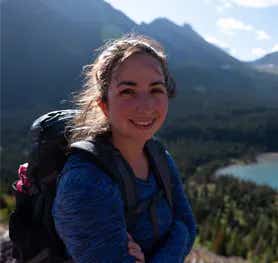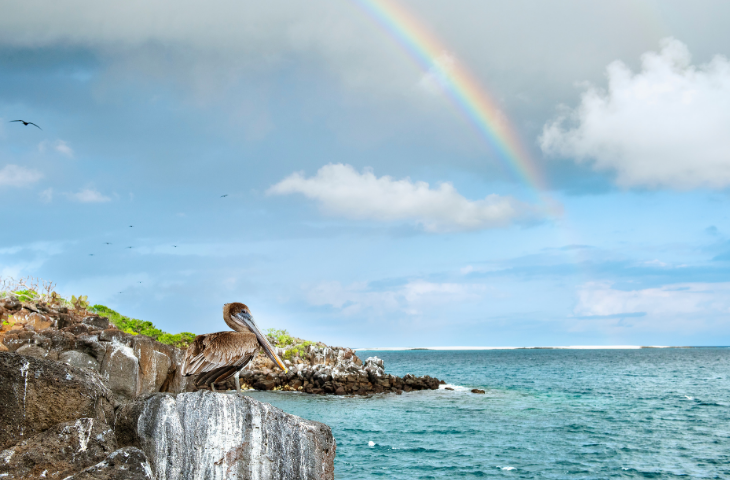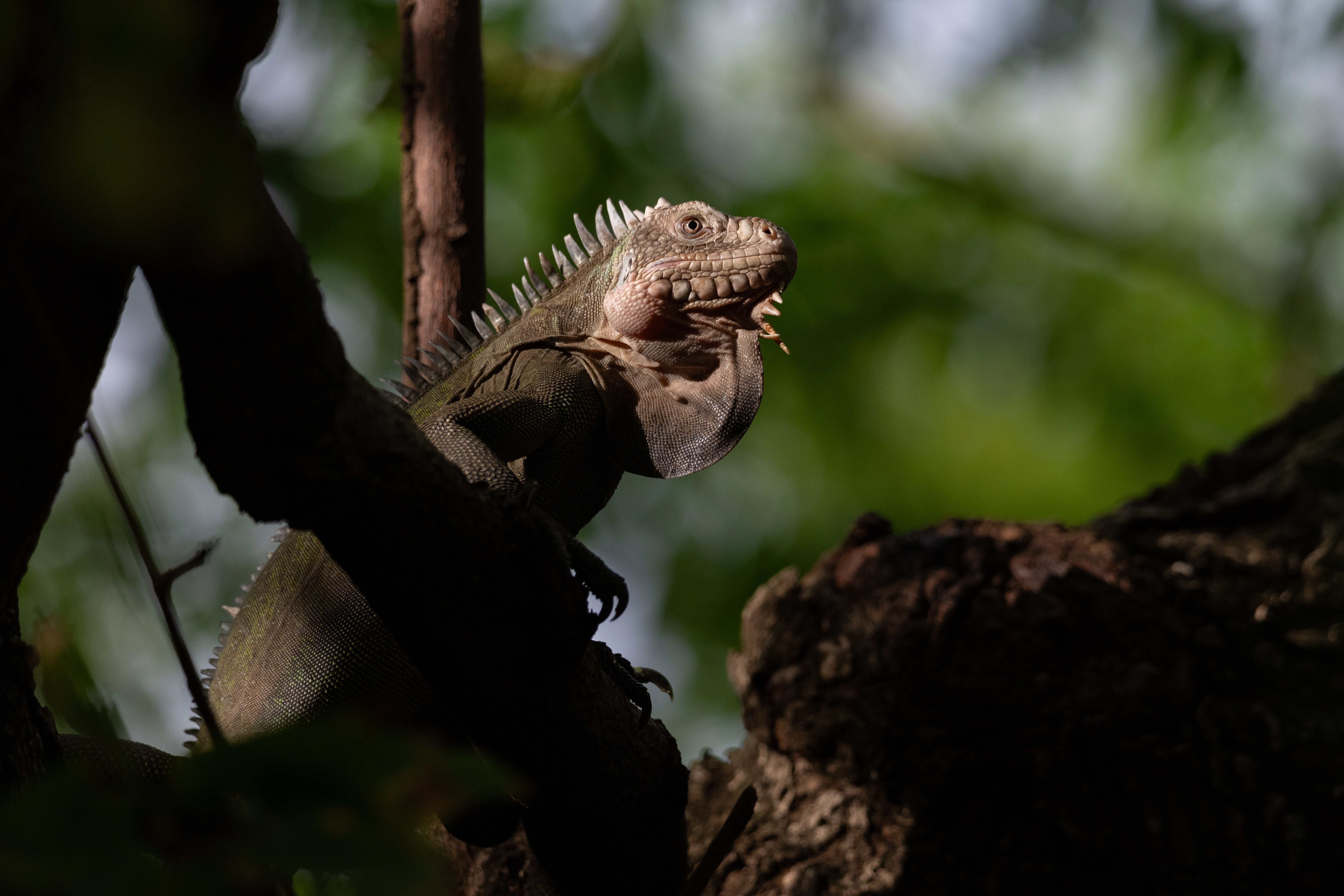March 1, 2023 – PANAMA CITY, PANAMA: The Connect to Protect Eastern Tropical Pacific coalition committed USD$118.5 million in private and public funds in 2022 in support of conservation efforts in Colombia, Costa Rica, Ecuador, and Panama to strengthen marine protections for the Eastern Tropical Pacific Marine Corridor (CMAR) which harbors one of the most biologically diverse and highly productive areas in the ocean. The funds will be disbursed over the course of the next two to four years.
The coalition, comprised of philanthropic, government, and non-government organizations, isworking alongside elected leaders, communities, Indigenous groups, government officials, and scientists to provide technical and financial assistance in support of marine protection management; sustainable financing; collaboration in transparency, surveillance, and regional enforcement; and strengthened regional engagement to create a transboundary biosphere reserve that will connect and protect the marine environments of the Cocos Island (Costa Rica), Cordillera de Coiba (Panama), Galápagos Islands (Ecuador), Gorgona, and Malpelo islands (Colombia) encompassing more than 600,000 square kilometers (235,000 square miles) of ocean. The coalition engagement also supports the efforts by all four countries to deliver on the new global biodiversity target, to protect at least 30% of the ocean by 2030.
The announcement was shared on the fringes of the Our Ocean Conference 2023 in Panama City, Panama, and follows the coalition pledge made at the UN Ocean Conference in Lisbon, June 2022. The earlier commitment was to provide technical and financial assistance totaling more than $150 million to support the rich Pacific waters that comprise some of the world’s most ecologically significant marine environments. With more than $100 million already allocated, the coalition efforts are well underway.
Working with partners in the region, the investments made in 2022 include $74.2 million for projects to support new and existing marine protected areas (MPAs), including development of management plans, control and surveillance, infrastructure, sustainable fisheries management, and capacity building for MPA managers; $17.9 million to support financial stability of the region, including analyzing and implementing sustainable funding mechanisms for marine conservation in the central Eastern Tropical Pacific; $9 million for strengthening, including implementation of the CMAR Action Plan and regional level collaboration; and $17.4 million for regional ocean conservation and climate resilience efforts.
The Eastern Tropical Marine Corridor is a swimway for many migratory species that travel between MPAs. It is a biologically and ecologically significant area where humpback whales, hammerhead sharks, ridley and leatherback turtles, and seabirds migrate, feed, and nest. However, these ocean waters are under threat from climate change, overfishing and illegal, unreported, and unregulated fishing, marine pollution, and increased coastal development. To tackle these threats, the vision for CMAR – which was established nearly 20 years ago – is the ‘effective governance and participation at a regional scale for the conservation and sustainable use of biodiversity, with the MPAs as core areas of conservation’. This requires an inclusive, science-based, regional approach, to share information, coordinate, and monitor and enforce. The investment and work of the Connect to Protect Coalition seeks to support achievement of this.# # #
Photo: Floreana Island in the Galápagos archipelago. (Andrew Wright/Island Conservation)
Notes to Editors:Quotes from members of the Connect to Protect Eastern Tropical Pacific Coalition and supporters:
Patricia Leon, Bezos Earth Fund Program Manager for the Eastern tropical Pacific at Re:wild“The coordination between this coalition has been truly amazing to see in action. It is making the Eastern Tropical Pacific much more resilient, and it will better protect the region from the worst effects of climate change and biodiversity loss. The healthier the corridor is the more stable the livelihoods of local and coastal communities across the region will be."
Ann Colley, Director, Islas Secas Foundation“We’re pleased to see this coalition coalesce to protect the Eastern Tropical Pacific Marine Corridor and are confident this will preserve one of the world’s most biologically diverse and ecologically significant marine hubs. We hope the success of this coalition will be a model for others in safeguarding natural resources in critical areas for future generations to come.”
About the Connect to Protect Coalition:
The Connect to Protect Eastern Tropical Pacific Coalition, which includes the Bezos Earth Fund, Blue Nature Alliance, Development Bank of Latin America, Enduring Earth, German Ministry for Economic Development and Cooperation through KfW, Gordon and Betty Moore Foundation,Green Climate Fund, Islas Secas Foundation, Minderoo Foundation, Pew Bertarelli Ocean Legacy, Re:wild, Shark Conservation Fund, UK Government, U.S. Department of State, and Wyss Foundation, will work alongside elected leaders, communities, Indigenous groups, government officials, and scientists to strengthen cooperative governance, design and implement marine protected areas and a biosphere reserve, and secure long-term sustainable financing.

Devin Murphy
Writer
Devin Murphy is Re:wilds’s senior communications specialist and helps Re:wild and its partners tell stories about the work they do to protect wildlife and wildlands around the planet. Her favorite stories about conservation include fascinating and little-known species and the dedicated humans protecting them.



